Best Snow Clearing Guide in 2024
- October 13, 2023
- 0 comment
What is Snow Clearing?
Snow clearing involves the removal of snow and ice from various surfaces, such as roads, sidewalks, and driveways, to ensure safe and efficient movement in regions experiencing winter weather conditions. It is a critical process undertaken by individuals and municipal authorities to prevent accidents, facilitate emergency access, and preserve infrastructure. Methods include manual removal using tools like shovels or snow blowers, mechanical methods employing snow plows and heavy equipment, and the use of chemical de-icers to melt or prevent ice formation. Responsible snow-clearing practices consider factors like environmental impact, timely removal, and the use of appropriate equipment to promote safety and minimize disruption caused by winter weather.
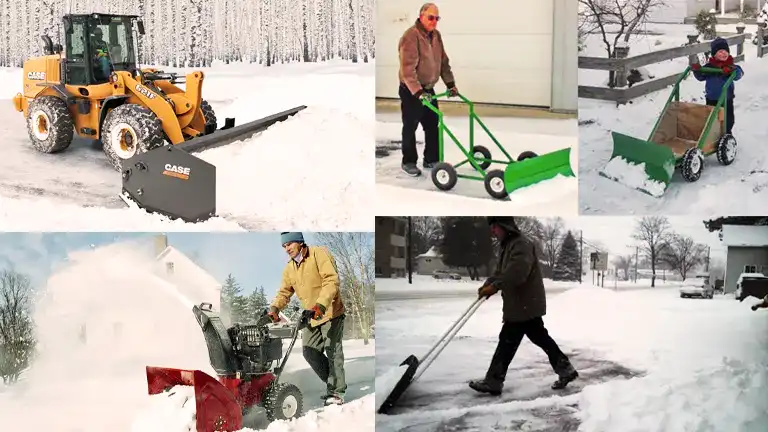
Winter, with its ethereal snowfall, can transform landscapes into a winter wonderland. However, this season brings challenges, particularly in dealing with the accumulation of snow. In this comprehensive guide tailored for 2024, we’ll delve into the significance of snow clearing and provide insights into the most effective and responsible practices.
Brief Overview of the Importance of Snow Clearing
Snow clearing is not just a seasonal task; it’s a critical aspect of winter preparedness that ensures safety, mobility, and the preservation of infrastructure. As snow accumulates, its impact on daily life becomes increasingly pronounced.
The Impact of Snow Accumulation on Daily Life
From slippery sidewalks to obstructed roadways, the consequences of snow accumulation are far-reaching. Understanding these impacts underscores the necessity of proactive and effective snow clearing.
Benefits of Snow Clearing
Safety Concerns
- Preventing Slip and Fall Accidents: One of the foremost benefits of prompt snow clearing is the prevention of slip and fall accidents. Icy surfaces can be treacherous, and clearing them promptly reduces the risk of injuries.
- Improving Visibility for Drivers and Pedestrians: Snow-covered roads pose a hazard to both drivers and pedestrians. Timely snow removal enhances visibility, reducing the likelihood of accidents.
- Maintained Transportation: Clearing roads and highways ensures smoother traffic flow, reducing delays and enhancing the efficiency of transportation systems.

Infrastructure Preservation
- Avoiding Damage to Roads and Sidewalks: Unchecked snow accumulation can lead to the deterioration of roads and sidewalks. Regular snow clearing is essential to prevent long-term damage.
- Protecting Buildings and Structures from Snow Loads: Heavy snow loads can jeopardize the structural integrity of buildings. Snow clearing helps prevent potential collapses and structural damage.
Emergency Access
- Ensuring Quick Response Times for Emergency Services: Snow-cleared routes are crucial for emergency services, ensuring quick response times during critical situations.
- Facilitating Evacuations if Necessary: In extreme conditions, efficient snow clearing is vital for safe and timely evacuations.
Methods of Snow Clearing
Manual Snow Removal

Shoveling: Shoveling is the most basic and widely used method for removing snow manually. Individuals use snow shovels with flat blades to lift and throw snow from walkways, driveways, and other surfaces. Ergonomic shovels with curved handles can help reduce strain on the back and arms. Proper techniques for shoveling can help minimize the risk of injury. This includes lifting with the legs, not the back, taking small amounts of snow with each shovel, and pushing the snow to the side rather than lifting it when possible.
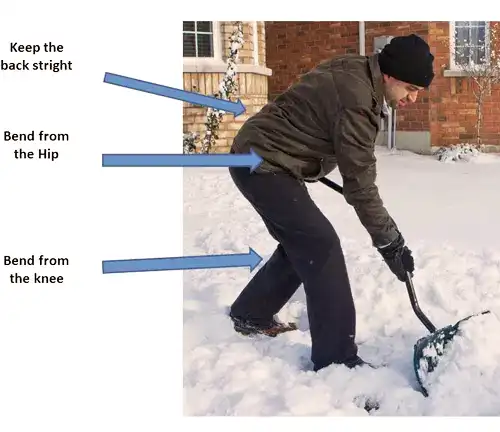
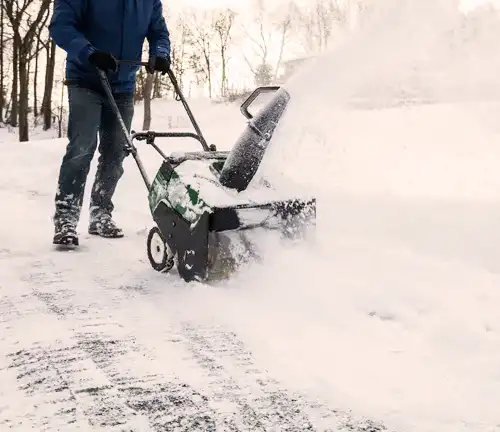
Snow Blowing: Snow blowers, also known as snow throwers, are powered machines designed to blow snow away from a cleared area. They come in various sizes, from small electric models for residential use to larger gas-powered machines for commercial applications. Snow blowers are effective for clearing larger areas more quickly than shoveling.
Ice Chippers and Scrapers: Ice chippers and scrapers are handheld tools designed to break up and remove ice from surfaces. They are often used in conjunction with shoveling to address icy patches or to break up dense, compacted snow.
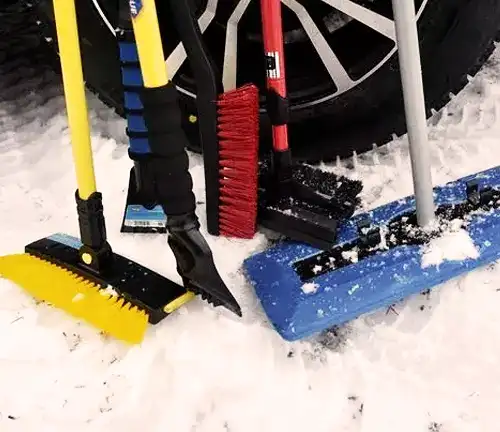

Snow Pushers: Snow pushers are wide, flat blades attached to a handle. They are designed to push rather than lift snow, making them effective for clearing larger areas quickly. Snow pushers are especially useful for light to moderately deep snow.
De-icing with Salt or Sand: While not a direct method of snow removal, spreading salt or sand on cleared surfaces can help prevent the formation of ice. Salt lowers the freezing point of water, while sand provides traction on slippery surfaces.

Mechanical Snow Removal

Snow Plows: Snow plows are vehicles equipped with a front blade designed to push, lift, and relocate snow. They come in various sizes and are often mounted on trucks or specialized snow plow vehicles.
Snow Throwers (Snow Blowers): Snow throwers or snow blowers are power-driven machines designed to gather and disperse snow away from the cleared area. They come in single-stage and two-stage configurations.
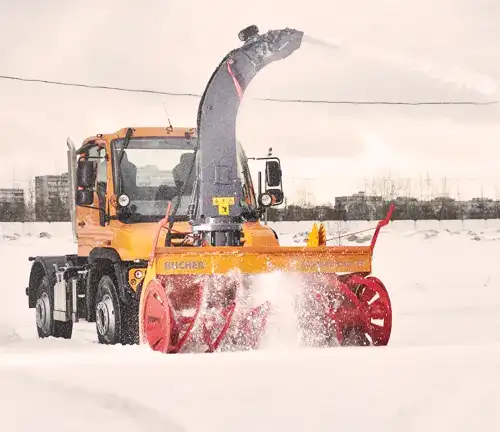
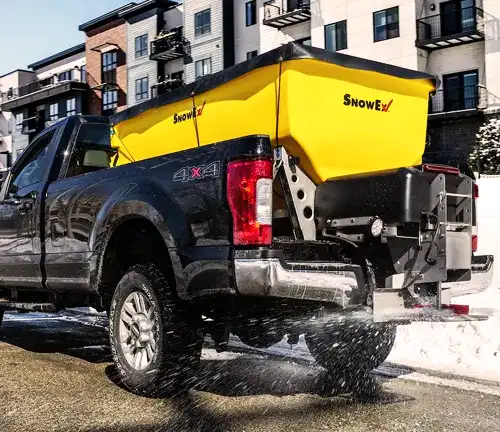
Salt Spreaders: Salt spreaders are vehicles or equipment designed to distribute de-icing materials, such as rock salt or calcium chloride, onto cleared surfaces to melt ice and prevent further accumulation.
Snow Loaders: Snow loaders are heavy equipment vehicles equipped with large buckets or shovels designed to scoop up large amounts of snow and load it into trucks for removal.


Snow Sweepers: Snow sweepers are specialized vehicles equipped with rotating brushes and conveyor systems designed to sweep, collect, and transport snow from roadways and paved surfaces.
Snow Melters: Snow melters are machines that use heat to melt accumulated snow, and they often include a conveyor system to remove the melted water.
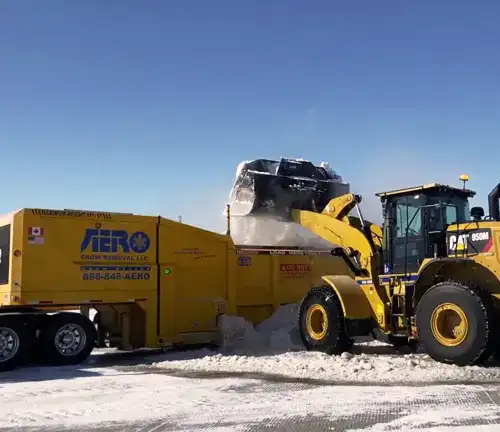
Chemical De-icers Snow Removal
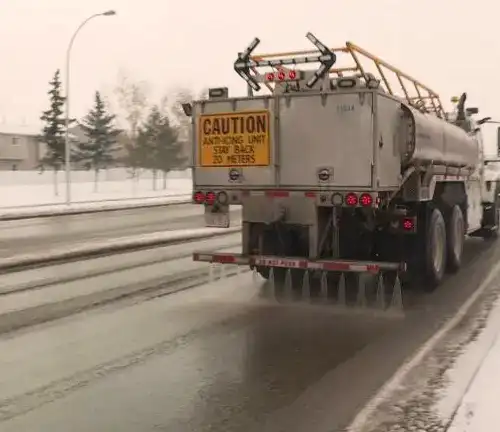
Types of De-icing Agents: Various de-icing agents, including salt and calcium chloride, play a role in preventing ice formation. Explore the options and understand their impact.
Residential Snow Clearing Tips
Importance of Timely Snow Removal: Timely removal of snow around your home is crucial for safety and preventing further accumulation.
Choosing the Right Snow Removal Equipment for Home Use: Select equipment suitable for your needs, whether it’s a sturdy shovel or a compact snow blower.
Safety Precautions for Homeowners: Prioritize safety by dressing appropriately, taking breaks during snow removal, and being aware of potential hazards.
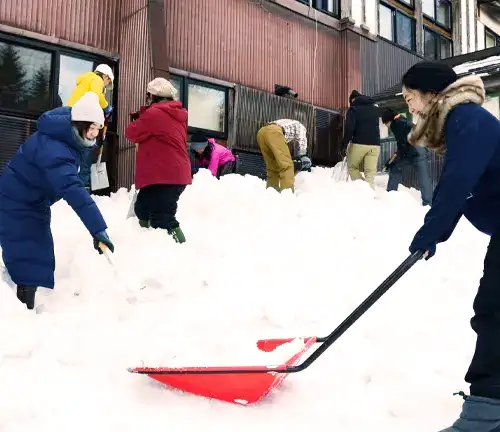
Municipal Snow Clearing Practices
Municipal Snow Removal Programs: Understand how your local municipality manages snow removal, including designated routes and priorities.
Coordination with Weather Forecasting: Municipalities coordinate with weather forecasting services for accurate predictions, allowing for proactive snow clearing measures.
Challenges Faced by Municipalities in Snow Clearing: Appreciate the challenges municipalities face, such as budget constraints and the sheer scale of operations, to better understand the process.
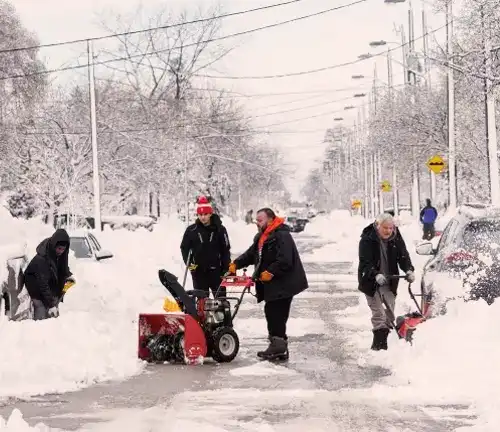
Winter Maintenance Budgeting
Cost Considerations for Snow Clearing: While snow clearing comes with costs, consider it an investment in safety and infrastructure preservation.
Long-Term Financial Benefits of Effective Snow Removal: Well-maintained infrastructure and reduced accident-related costs contribute to long-term financial stability.
Innovative Approaches to Snow Clearing
Technology Integration in Snow Removal
- GPS Tracking for Plows: Explore how GPS tracking enhances the efficiency of snow plows, allowing for strategic deployment.
- Mobile Apps for Snow Removal Alerts: Stay informed with mobile apps that provide real-time snow removal alerts, facilitating community involvement.


Community Involvement in Snow Clearing
- Volunteer Programs: Engage with local volunteer programs to supplement municipal efforts and strengthen community bonds.
- Collaborative Efforts in Residential Areas: Foster collaborative initiatives within residential areas to share the responsibility of snow clearing.
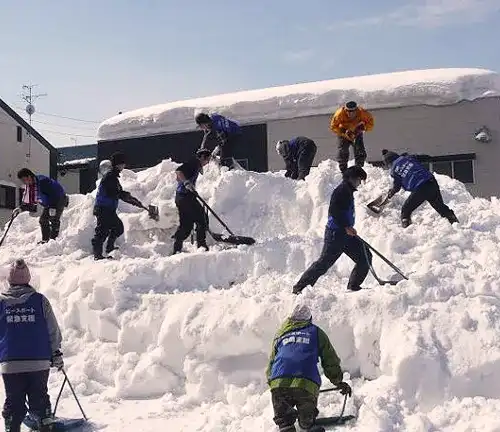
Environmental Impact of Snow Clearing
Impact of Traditional Snow Clearing Methods: Understand the environmental impact of traditional methods, such as salt usage, and seek eco-friendly alternatives.
Sustainable Practices in Snow Removal: Embrace sustainable practices, from using environmentally friendly de-icing agents to adopting electric snow removal equipment.
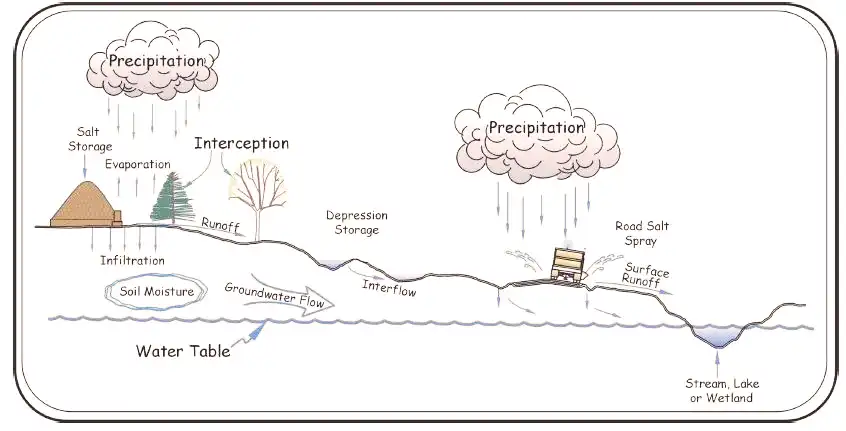
Conclusion
A. Recap of the Importance of Snow Clearing
Snow clearing is of paramount importance, ensuring safety, mobility, and the preservation of infrastructure during winter. Beyond the picturesque scenes, accumulated snow poses significant hazards, leading to slip-and-fall accidents and reduced visibility for drivers. Proper snow removal is crucial for preventing damage to roads, sidewalks, and buildings under the weight of snow load. Emergency access for essential services is also dependent on clear pathways. Timely snow clearing not only mitigates immediate risks but also contributes to the long-term financial health of communities by reducing accident-related costs and preserving infrastructure integrity. Embracing responsible snow clearing practices is a collective endeavor, enhancing safety and maintaining the functionality of public spaces throughout the winter season.
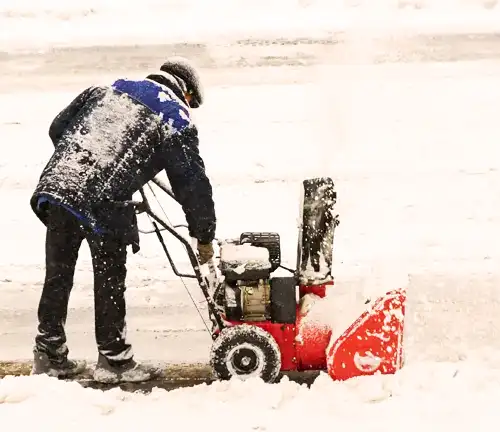
B. Encouraging Responsible Snow Removal Practices
Encouraging responsible snow removal practices is vital for the well-being of communities during winter. Timely and thorough snow clearing not only ensures safe pathways for pedestrians and drivers but also minimizes the risk of accidents and injuries. It’s essential to choose eco-friendly de-icing agents, use proper snow removal equipment, and adopt efficient methods to reduce environmental impact. Collaboration within communities, through volunteer programs or shared responsibilities, fosters a sense of collective ownership. By prioritizing safety, considering the environment, and promoting community engagement, responsible snow removal practices contribute to a safer, more sustainable, and cohesive winter experience for everyone.
Frequently Asked Questions (FAQS)
- Can I Use Coffee Grounds to Melt Snow on my Sidewalk?
While coffee grounds might provide some traction on icy surfaces, they aren’t effective for melting snow. De-icing agents like rock salt or calcium chloride are more suitable for this purpose. - Is it Possible to Overuse De-icing Salt, and What are the Consequences?
Yes, overusing de-icing salt can have environmental consequences, leading to soil and water contamination. It’s essential to follow recommended application rates and consider alternative, environmentally friendly de-icing methods. - Can I Use a Leaf Blower to Remove Snow?
While unconventional, using a leaf blower can be effective for light, powdery snow. However, it may not work well for wet or heavy snow, and traditional snow blowers or shovels might be more efficient. - Why Do Some Snow Plows Drop Sand Along with Salt?
Sand is often used in conjunction with salt to provide additional traction on icy surfaces. While salt melts the ice, sand helps prevent slips and falls by improving traction. - How Can I Calculate the Amount of Snow on My Roof to Prevent Overload?
The weight of snow varies based on its density. A general rule of thumb is that 10-12 inches of fresh snow is equivalent to about one inch of water, weighing around 5 pounds per square foot. However, wet or compacted snow can be heavier, and consulting with a professional is recommended for accurate assessments.

Benjamin Brooks
Forestry AuthorGreetings! I'm Benjamin Brooks, and my journey over the past 15 years has revolved around the fascinating realms of content creation, expertise in snow clearing, and the intricate world of lumberjacking and landscaping. What began as a simple curiosity about the natural world and heavy machinery has evolved into a passionate profession where my love for crafting words intertwines seamlessly with my lumberjacking and garden skills.

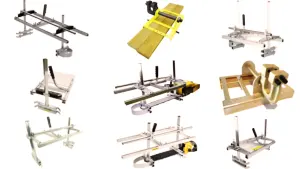


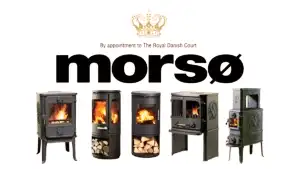


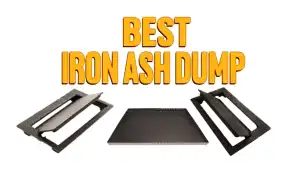
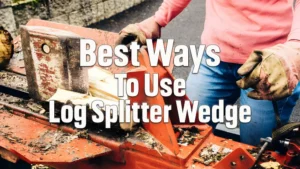




Leave your comment